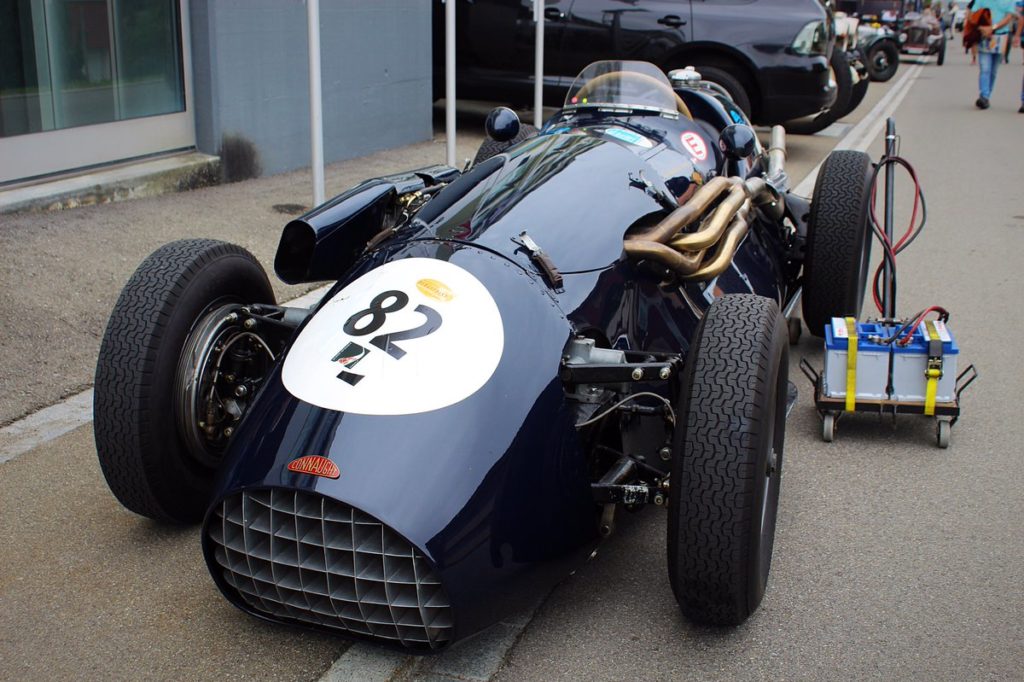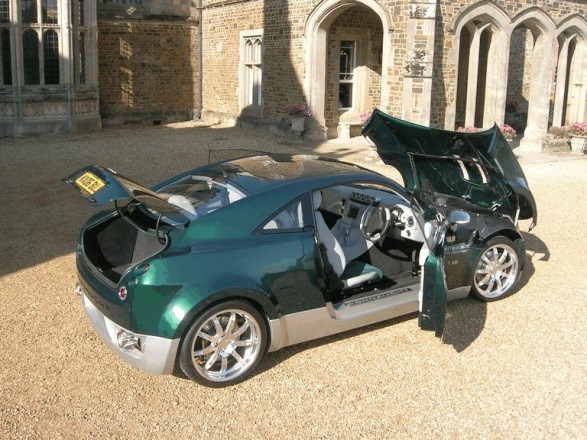Our History
Connaught Engineering, often referred simply as Connaught, was originally a Formula One and sports car constructor based in the UK. The cars participated in 18 Grand Prix, entering a total of 52 races with our A, B and C Type Formula 2 and Formula 1 Grand Prix cars. They achieved 1 podium and scored 17 championship points. The name Connaught is a pun on Continental Autos, the garage in Send, Surrey, which specialised in sales and repair of European sports cars such as Bugatti, and where the cars were built.


In 1950, the first single-seaters, the Formula 2 “A” types, used an engine that was developed by Connaught from the Lea-Francis engine used in our “L” type sports cars. The engine was extensively re-engineered and therefore is truly a Connaught engine. The cars were of conventional construction for the time with drive through a preselector gearbox to a de Dion rear axle. In 1952 and 1953, the races counting towards the World Championship were to Formula 2 rules so drivers of these cars could take part in those events as the table below shows.
Connaught designed a new car for the 2½ litre Formula 1 class of 1954 which was to have a rear-mounted Coventry Climax V8 engine nick named the “Godiva”. Unfortunately when the engine didn’t materialise, a conventionally arranged “B” type was designed using an Alta engine developed into 2½ litre form. The first cars were built with all-enveloping aerodynamic bodywork but later rebodied conventionally. In 1955, driving a Connaught in this form, Tony Brooks scored the first win in a Grand Prix by a British driver in a British car since 1923, in a non World Championship race at Syracuse. Thereafter the “B” type has been known as the “Syracuse” Connaught and the name was used for the car presented in the 2004 revival
In 1962, Jack Fairman attempted to qualify for the Indianapolis 500 in a Connaught race car, but failed to find the necessary speed to make the field.
Prior to the single-seat racing cars Connaught built a small number of road going sports cars developed on the Lea-Francis Sports Chassis. The cars achieved considerable competition success. These were the L2 and L3, and three examples of the stark Cycle Winged L3/SR Sports Racer. Two sports cars, based on the A Type Formula 2 cars, the ALSRs were also built for competition work.
In 2004, the Connaught name was revived by the Connaught Motor Company for our Type D Syracuse and Type D-H hybrid supercars.
These cars were ahead of their time technically with a narrow angle V10 engine mounted between the seats for better weight distribution and handling with the option of an electric supercharger which boosted power to 300bhp and 247 ft-ibs of torque. A planned later version replaced the supercharger with super capacitors which were similar to the systems found in Lemans prototype cars.
Unfortunately through funding issues the car never went into production. The company is now owned by Bevan Davidson International. Our intention is to resurrect the brand by finishing off the remaining five Type D Syracuse models and then we plan to introduce a range of exciting new models powered by an updated derivative of the original V10 engine, now being developed by our sister company Villiers. The first of these new vehicles being the Speedster.

